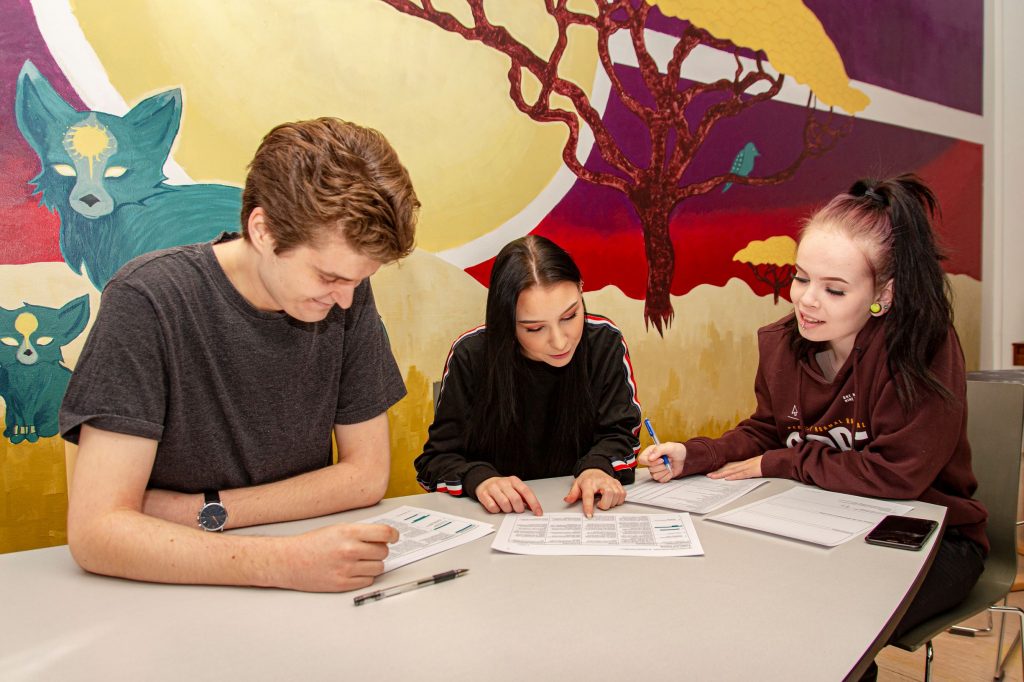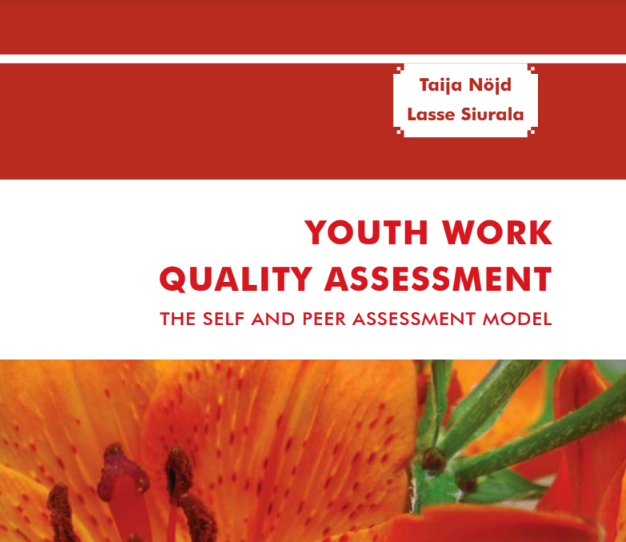I’m changing Europe!


The EGL Charter postulates that the ‘quality development of local youth work needs a clear and comprehensive system for documentation and follow-up of outcomes, preconditions, and work processes in relation to measurable indicators and aims’. Finland’s Self and Peer Assessment Model (SPAM) is such an example - a unique model for quality development of local youth work. To talk more about its goals and accomplishments, we contacted Merja Hovi - Helsinki Youth Services project officer and Mervi Ahola - SPAM tool trainer.
Q: Please, summarize how and when SPAM started and what are its main areas and objectives?
A: The work around ‘Self and Peer Assessment Model’ (SPAM) started in 2005 after a few Finnish youth work managers visited the UK to get acquainted with Ofsted´s model of assessment. We began adapting and customizing the UK model to our context and involved youth workers in this endeavor. The main goal was to apply assessment criteria to different activities in youth work. We have criteria for open door activities, small group activities, camp activities, regional youth work and youth information and counselling. The criteria are being used in both self- assessment and peer audition. In the beginning of SPAM, youth workers from Helsinki, Espoo and Vantaa municipal youth services took part and after a few years, other cities and municipalities around Finland joined us.
Q: What is something about this model that you want to highlight? What, according to you, makes it unique?
A: The idea of peer learning is a crucial principle of SPAM. It is also of utmost importance to note that the model was created by youth workers for youth workers. However, SPAM is not only a tool for peer and self-assessment. SPAM criteria are valuable and applicable in a wide range of other activities - when you brief a new employee, when you want to describe what you do in certain youth work activities, for example - to make the work more visible for politicians or the public who are not familiar with youth work, when you want to focus on a specific topic, such as open door activities. With these criteria, we managed to create a shared meaning and understanding of what high-quality youth work is.
SPAM helps identify the strengths and areas of development of the activities. It exemplifies a quality assessment model in youth work. It is important to note that even though SPAM was created for youth workers, young people also use the criteria for evaluation of activities. Some of our partnering municipalities created their own criteria for young people who do the assessments.

Q: Can you summarize the impact of the SPAM so far? What are some accomplishments and challenges so far?
A: With the help of SPAM we have not only contributed to the development of youth work itself but also strengthened the assessment culture in the youth work sector. In the municipalities where SPAM is used, youth workers are more likely to reflect and assess the work they do with young people and how communities function. It is SPAM’s strength but also a challenge that SPAM is adapted and customized. However, it can be developed and modified for the processes and activities needed.
Q: What is the vision of the SPAM model? How does society with effective methods for development of youth work looks like?
A: Our vision is to have a tool that is continuously adapted to the diverse and ever changing needs of young people and the youth work sector. In addition, connection to other assessment results, such as feedback from young people is important. In an ideal society, high quality youth work, for which youth participation is crucial, is an essential part of public services. Follow this link to see the SPAM tool:
http://intercityyouth.eu/wp-content/uploads/2018/11/youth_work_quality_assessment_verkkoversio.pdf
Would you like to know more about Merja and Mervi? Read their short introduction as part of the 'Faces of EGL' series!
